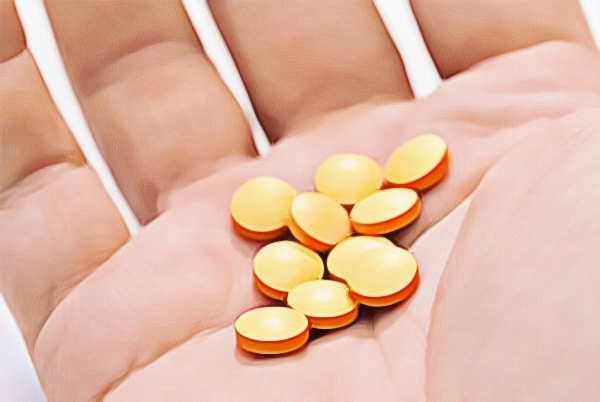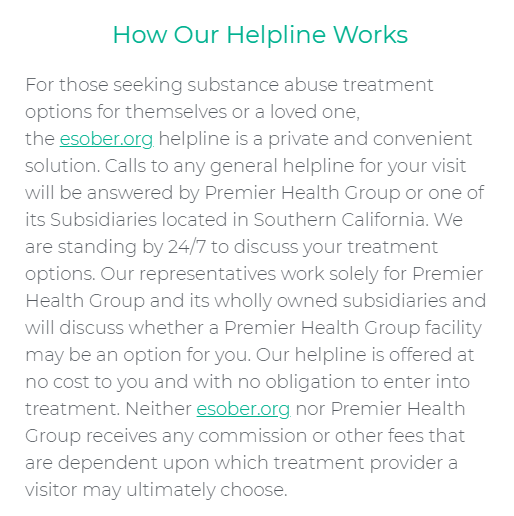Drugs are prescribed by doctors for a reason—they‘re designed to help your body cope with conditions, particularly those difficult to fight off naturally. One of the most commonly prescribed drugs is muscle relaxers, which are essentially made to help people dealing with muscular spasms or chronic muscle pain lead better lives.
More often than not, muscle relaxers are used to ease specific symptoms, including neck pain, back pain, and even tension headache. With the main goal of inciting better quality of life, we can safely deduce that muscle relaxers are necessary.
Unfortunately, others end up abusing these drugs. People end up taking them with other substances, leading to dangerous situations. In this comprehensive guide, we take a look at one particular brand of muscle relaxant—Flexeril. We explore its effects with alcohol, along with side effects and other pressing matters. Let‘s begin:
Flexeril and Alcohol
Flexeril is a brand name of cyclobenzaprine, which is essentially a skeletal muscle relaxant. It was sold by the companies Amrix and Fexmid. This is a prescription medication given to patients, particularly those dealing with muscle spasms. This is only meant to be consumed for a short period, however, usually lasting only up to three weeks.
Despite its limitations, however, this drug has never been classified as a controlled substance. As a result, more and more people have been compelled to use it as a recreational drug, later leading to abuse.
For recreational purposes, Flexeril causes sedation, relaxation, and even a euphoric high. It is mostly taken on its own, but many others combine it with alcohol. As a result, the highs are further intensified. Mixing muscle relaxers with alcohol is never a good idea, however, especially since both are meant to depress the central nervous system.
Both Flexeril and alcohol are meant to slow down brain activity, which includes important functions such as breathing, heart rate, and other involuntary actions. Most users report feeling extremely relaxed to the point of exhaustion, leaving a profound impact on the body.
What Is Flexeril?
To further understand the silent power of Flexeril, here‘s a quick overview of the drug. Most people assume that drug addiction only entails dangerous substances, including cocaine, opioids, and even nicotine. Attempting to quit these drugs can be extremely difficult, sometimes bordering on fatal. This is because of the brain‘s tendency to cope, leading to a solid physical and mental dependence on the specific substance.
Most drugs lead to these effects, making them highly addictive. Unfortunately, many overlook the possibility of getting addicted to other drugs, particularly those not classified as controlled substances—like Flexeril.
Flexeril works by blocking the brain‘s signals, thereby causing a person to be unfeeling during the effect of the drug. This helps muscles relax from spasms, as well as help alleviate the onslaught of pain. The drug usually comes in tablet forms, taken only for a short period. In the recreational world, Flexeril goes by various street names, including “Flex-ies”, “flexreal“, and “flixeril”.
Flexeril Side Effects
Like various substances, Flexeril can lead to numerous side effects. One of the most commonly reported effects is dry mouth and dizziness, which later leads to drowsiness. The higher the dose, the stronger the side effects will occur.
Bear in mind that the central nervous system is also affected, especially when it interacts with substances such as barbiturates, opioids, alcohol, and even benzodiazepines. As a result, users exhibit impairments in thinking, alertness, and reaction time. This is particularly dangerous for those driving, as any mental impairment can lead to unprecedented accidents.
Used recreationally, Flexeril causes the user to fall into a stupor, often relaxed, unfeeling, and sleepiness. Others also report feeling a mild high, especially when the tablets are dissolved in an alcohol drink before consuming. Others also crush the drug to be snorted, leading them to fall into the dangerous road of addiction.

Is Flexeril Addictive?
As previously discussed, Flexeril is not a controlled substance. As a result, professionals generally do not classify the drug as addictive. They‘re continued to be prescribed as drugs to help with muscle spasms and pain, but too much of anything is never good.
As a drug, Flexeril can still be addictive. As a relaxant, it depresses the central nervous system like alcohol, which can lead to a euphoric state for many. Such conditions are desired by countless people, leading to recreational use and misuse. Certain individuals end up abusing Flexeril to feel euphoric, sedated, or relaxed on various occasions. Here, activities and functions of the brain are altered.
Used extensively, this drug can lead to physical and mental dependence, especially if a dose ceases to work as desired. The body can quickly grow accustomed to the drug‘s presence in the body, developing an addiction that cannot be easily curbed.
If you know of someone who may be dealing with a Flexeril addiction, keep careful watch of the following signs:
- Continuing to take the drug well beyond the prescribed period
- Taking more doses than necessary to intensify the effects
- Spending too much time pondering on the drugs, including their effects, usage, and various ways to obtain more of the drug
- Constant use of the drug, with little to no resistance or desire to stop
- Changes in appearance and behavior, including hygiene, which tends to happen drastically
- Resorting to acting out or faking symptoms, just to get more Flexeril
Robaxin vs Flexeril
Robaxin has the generic name methocarbamol, and it was first approved for medical use in the US in 1957. It’s often used for short-term musculoskeletal pain, although its mechanism of action is still largely unknown. Researchers suggest that Robaxin is a relaxant and can relieve pain through sedative effects.
Robaxin or methocarbamol is available in oral tablets of 500 mg or 750 mg, and it’s also available as an injection. Typically, those who have Robaxin tablet prescriptions first have to take two to three tablets four times a day. After that, they may take one or two tablets three to four times a day.
Flexeril or cyclobenzaprine is an oral drug that is used to treat musculoskeletal pain as well. It is a muscle relaxant that has been approved by the FDA since the 1970s. It’s also perhaps the best-studied muscle relaxer. Flexeril works mainly on the central nervous system, reducing motor activity.
Although Robaxin and Flexeril are both muscle relaxants, Robaxin is typically used multiple times a day, while Flexeril should be used only once per day.
Dealing With Flexeril Addiction Is Never Easy—But Recovery Is Never Too Late
From everything gathered, it‘s important to remember that muscle relaxers such as Flexeril affect the central nervous system in more ways than one. Mixed with substances such as alcohol, the effects can be intensified, to the point of a high. Although generally less potent than other drugs, becoming addicted to Flexeril is always a possibility.
Various users take it more than just to manage chronic pain and muscle injuries, especially since it isn‘t considered a controlled substance. Too much of anything is never good, and even something as mild as a muscle relaxant can lead to debilitating drug addiction.
Source:
https://www.deadiversion.usdoj.gov/drug_chem_info/cyclobenzaprine.pdf
https://www.accessdata.fda.gov/drugsatfda_docs/label/2003/017821s045lbl.pdf




